Ramappa Temple: Unveiling the Architectural Splendor of Ancient India
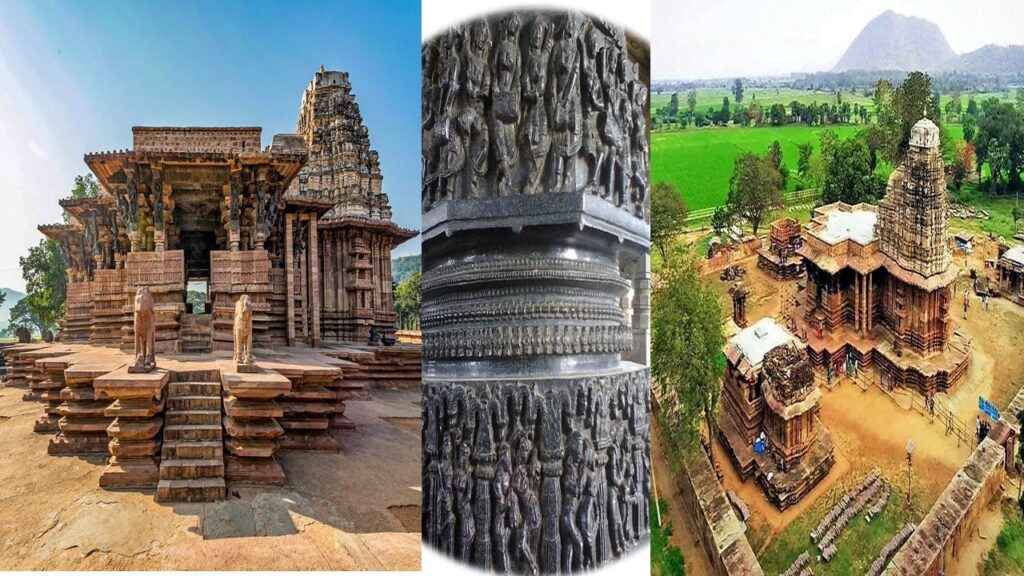
Ramappa Temple: Unveiling the Architectural Splendor of Ancient India
The Ramappa Temple, also known as the Ramalingeswara Temple, is a magnificent masterpiece of architecture located in Palampet village, near Warangal in the state of Telangana, India. This ancient temple is a testimony to the exceptional skill and craftsmanship of the Kakatiya dynasty, who ruled the region during the 12th and 13th centuries. Dedicated to Lord Shiva, the temple stands as a symbol of grandeur and architectural brilliance.
Historical Background of Ramappa Temple
The Ramappa Temple was built in 1213 CE by the Kakatiya ruler, King Ganapati Deva, in honor of his chief architect, Ramappa. The temple took around 40 years to complete and is named after the architect. It is believed that Ramappa’s devotion to Lord Shiva was so profound that he carved every stone with utmost precision and dedication.

Architectural Marvels of Ramappa Temple
The Ramappa Temple is renowned for its outstanding architectural marvels that leave visitors awe-inspired. The temple showcases the unique blend of Kakatiya, Chalukya, and Hoysala architectural styles. The intricate carvings, detailed sculptures, and majestic pillars make it a true architectural gem. The main shrine of Lord Shiva is surrounded by a pradakshina patha (circumambulatory path) and adorned with mesmerizing motifs depicting various mythological stories.
Significance and Importance of Ramappa Temple
The Ramappa Temple holds immense significance for both devotees and historians. It is not only a place of worship but also a living testament to the rich cultural heritage of ancient India. The temple’s intricate carvings and sculptures narrate stories from Hindu mythology and serve as a valuable source of historical information. The architectural brilliance and the well-preserved structure have earned the temple the status of a UNESCO World Heritage Site.
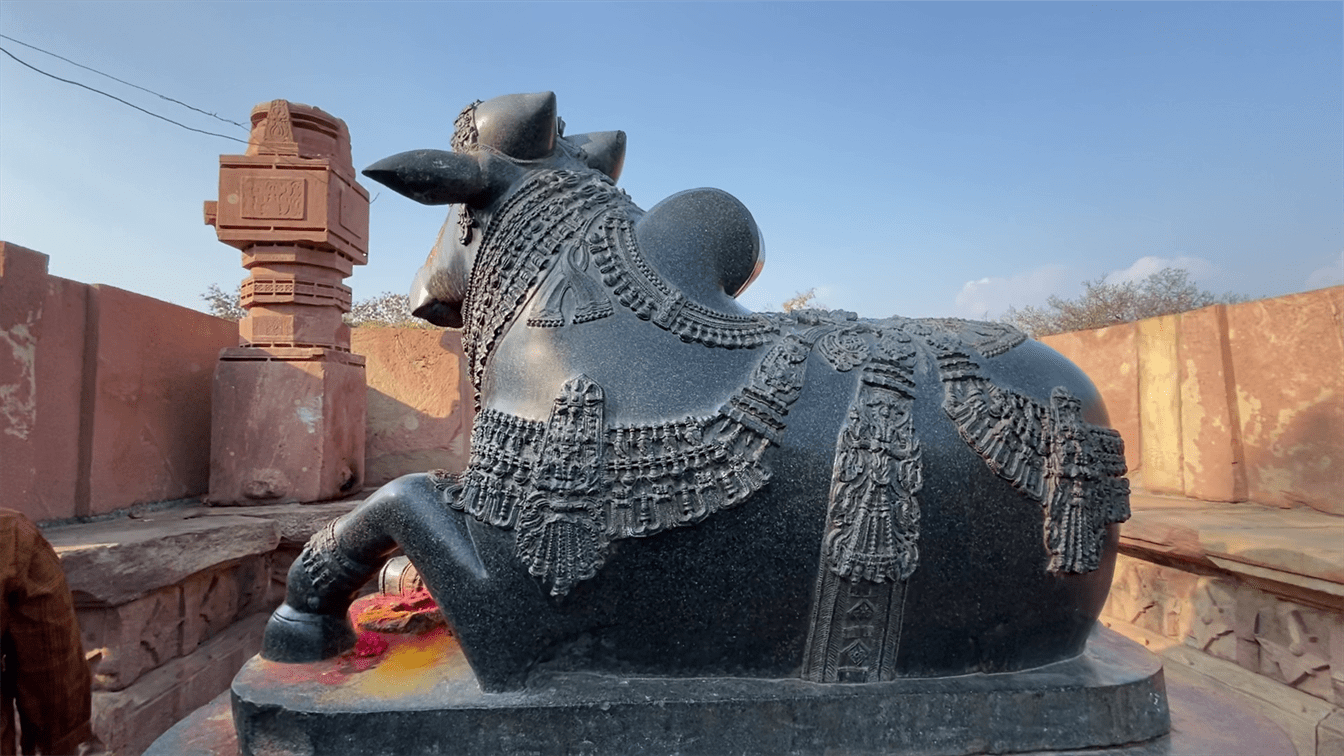
Festivals Celebrated at Ramappa Temple
Apart from Maha Shivaratri, the Ramappa Temple celebrates several other festivals with great enthusiasm. Some of the prominent festivals include Ugadi (Telugu New Year), Karthika Pournami (full moon day of the Karthika month), and Vinayaka Chaturthi (Lord Ganesha’s birthday). These festivals bring the temple to life with vibrant colors, devotional music, and traditional dance performances, showcasing the rich cultural heritage of the region.
Nearby Attractions and Tourist Information
Visitors to the Ramappa Temple can explore the surrounding area and discover other historical and cultural attractions. The Warangal Fort, Thousand Pillar Temple, and Bhadrakali Temple are among the notable attractions located nearby. Additionally, the scenic beauty of the nearby Ramappa Lake adds to the charm of the temple complex, providing a serene and picturesque ambiance for visitors.

How to Reach Ramappa Temple
The Ramappa Temple is well-connected by road and can be easily accessed from Warangal City, which is approximately 70 kilometers away. Warangal has good connectivity with major cities in Telangana and neighboring states. The nearest airport is Rajiv Gandhi International Airport in Hyderabad, which is around 200 kilometers away. Regular buses and private taxis are available for transportation to the temple.
Visitor Tips and Guidelines for Ramappa Temple
To make the most of the visit to Ramappa Temple, here are a few tips and guidelines:
- Dress modestly and respectfully, as it is a place of worship.
- Remove your footwear before entering the temple premises.
- Follow the instructions of the temple authorities and maintain decorum.
- Carry sufficient drinking water and stay hydrated, especially during hot weather.
- Capture the beauty of the temple through photographs, but do not disturb other visitors or the sanctity of the place.

Inspirational and Cultural Impact of Ramappa Temple
The Ramappa Temple serves as an inspiration for architects, artists, and enthusiasts around the world. Its exquisite craftsmanship and architectural brilliance continue to leave a lasting impact on those who witness its grandeur. The temple also plays a significant role in promoting and preserving the rich cultural heritage of Telangana, attracting tourists from far and wide.
Ramappa Temple: A UNESCO World Heritage Site
In recognition of its outstanding universal value, the Ramappa Temple was inscribed as a UNESCO World Heritage Site in July 2021. This prestigious recognition highlights the temple’s exceptional cultural significance and its contribution to humanity’s collective heritage. The UNESCO tag further reinforces the need for its conservation and ensures that future generations can marvel at its timeless beauty.
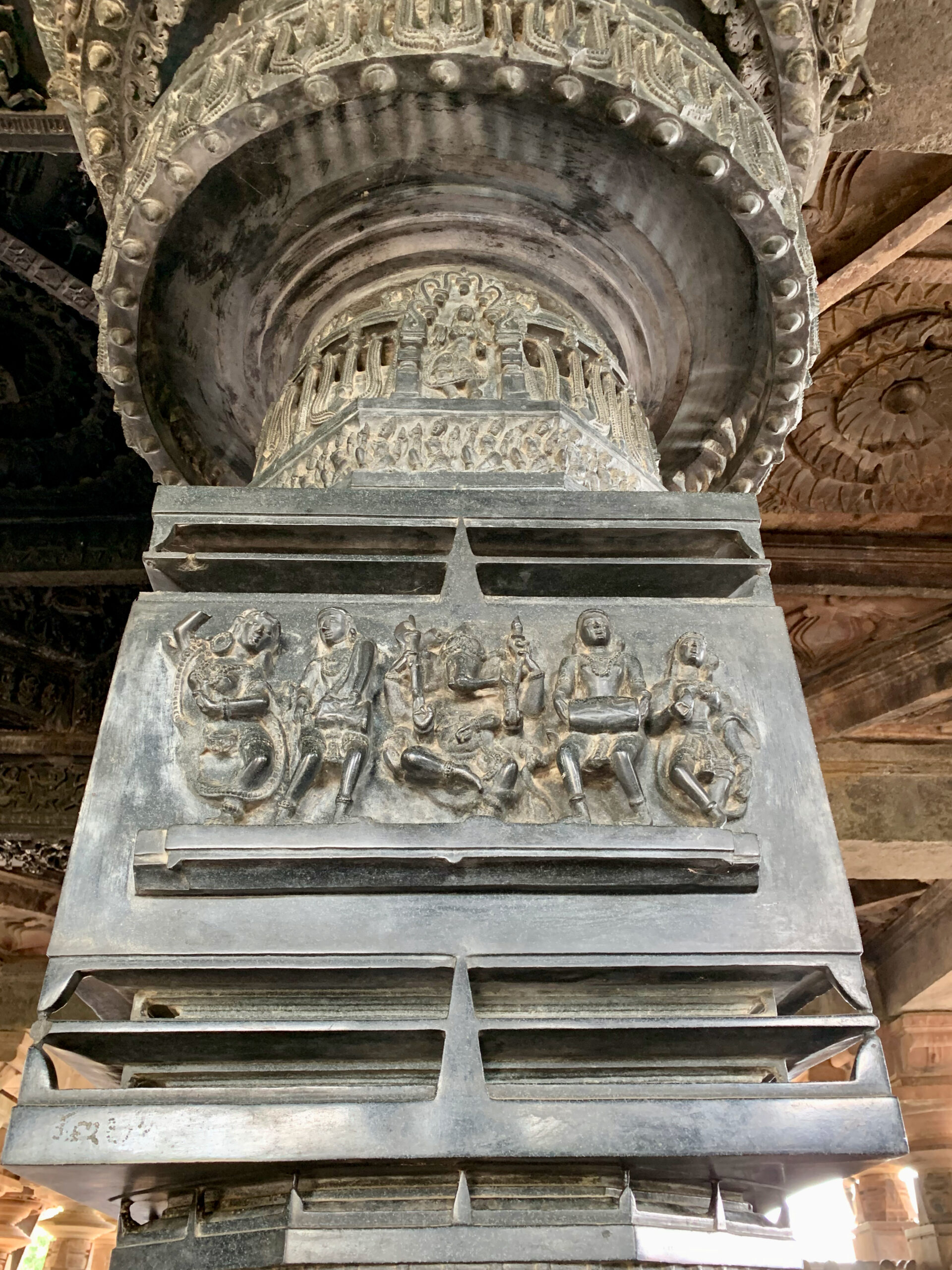
Legend and Mythology Associated with Ramappa Temple
According to a popular legend, the temple derives its name from Ramappa, the chief architect who dedicated his life to building this magnificent structure. It is said that Lord Shiva was so pleased with Ramappa’s devotion and craftsmanship that he blessed the temple to be a timeless masterpiece. The temple is also associated with various mythological tales and local folklore, which add to its mystique and allure.
Intricate Carvings and Sculptures at Ramappa Temple
The Ramappa Temple is adorned with intricately carved sculptures that depict scenes from Hindu epics such as the Ramayana and the Mahabharata. The attention to detail and the precision of the carvings are astonishing. The temple’s walls are adorned with exquisite motifs of divine beings, celestial dancers, and mythical creatures, showcasing the mastery of the sculptors who worked on this architectural marvel.
Unique Features of Ramappa Temple
One of the unique features of the Ramappa Temple is the floating brick technique used in its construction. The main structure is built on a base made of bricks, which are so light that they can float on water. This technique not only adds to the temple’s stability but also showcases the engineering brilliance of the Kakatiya dynasty. The temple is also known for its exceptional acoustics, where even a whisper can be heard from one end to the other.
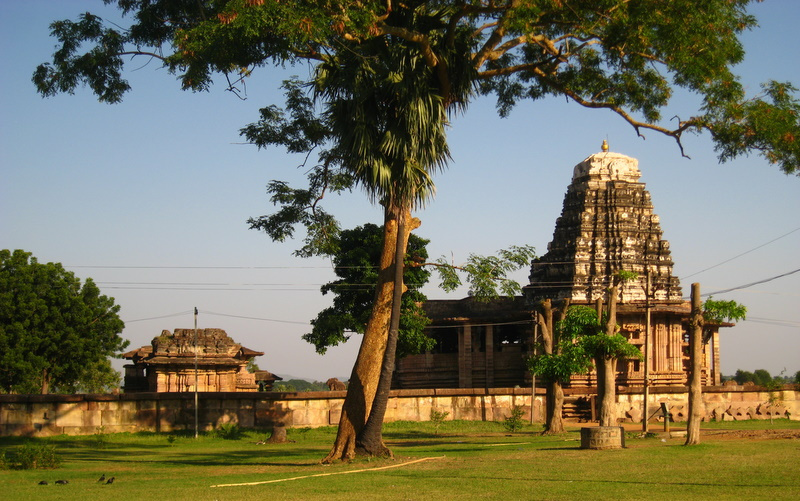
Restoration and Preservation Efforts at Ramappa Temple
Over the years, the Ramappa Temple faced the challenge of natural weathering and neglect. However, extensive restoration and preservation efforts have been undertaken to protect this architectural masterpiece. The Archaeological Survey of India (ASI) has played a vital role in conserving the temple and ensuring its structural integrity. These efforts have helped revive the temple’s grandeur and attract visitors from around the world.
Religious Practices and Rituals at Ramappa Temple
The Ramappa Temple continues to be an active place of worship, attracting devotees who seek blessings from Lord Shiva. Various religious practices and rituals are performed daily, offering a spiritual experience to visitors. The temple is particularly renowned for its annual festival, Maha Shivaratri when devotees gather in large numbers to celebrate the divine union of Lord Shiva and Goddess Parvati.
Conclusion
The Ramappa Temple stands as a testament to the artistic brilliance and architectural excellence of the Kakatiya dynasty. With its intricate carvings, unique construction techniques, and spiritual significance, the temple continues to captivate visitors from all walks of life. It serves as a window to the rich cultural heritage of India, leaving an indelible impression on those who visit this awe-inspiring monument.
FAQs (Frequently Asked Questions)
1. Can I take photographs inside the Ramappa Temple?
Yes, photography is allowed inside the temple premises. However, ensure that you do not use flash or disturb other visitors during your photography.
2. Is there an entry fee to visit the Ramappa Temple?
Yes, there is a nominal entry fee to visit the temple. The fee contributes to the maintenance and preservation of this historical site.
3. Are there any accommodations available near the temple?
Yes, there are several accommodations available in nearby towns like Warangal, where visitors can stay and explore the temple and other attractions comfortably.
4. Can I participate in the rituals and festivals celebrated at Ramappa Temple?
Yes, visitors are welcome to participate in the rituals and festivals celebrated at the temple. It provides a unique opportunity to experience the rich traditions and cultural practices of the region.
5. Is there any specific dress code to be followed while visiting the temple?
While there is no strict dress code, it is advised to dress modestly and respectfully when visiting the temple as a mark of respect for the religious sentiments associated with the place.

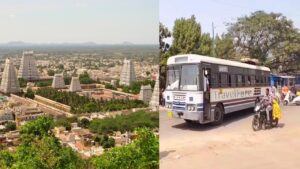
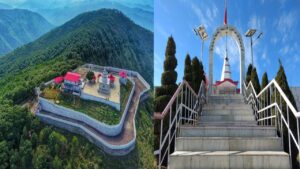
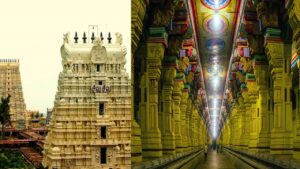





Your way of describing all in this article is genuinely nice, all be
capable of easily know it, Thanks a lot.